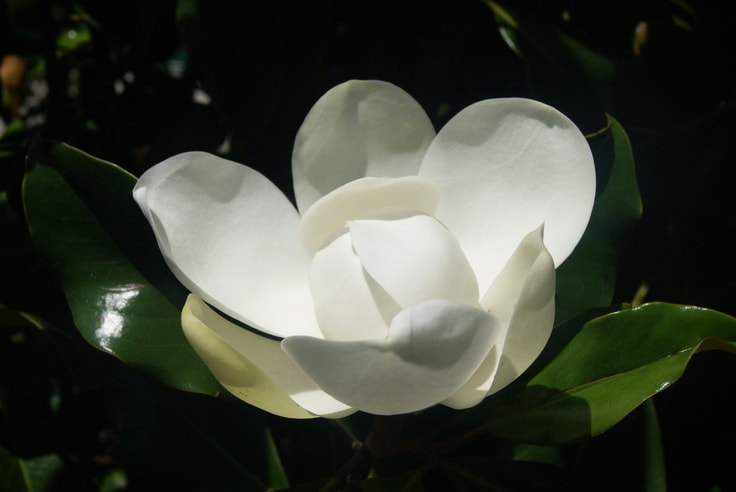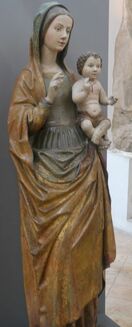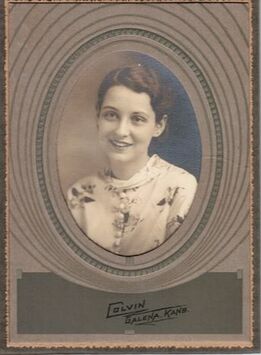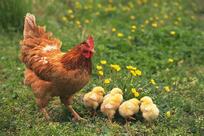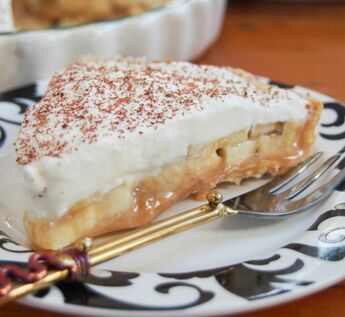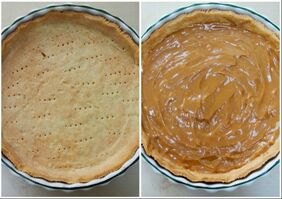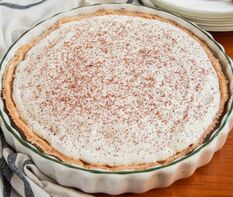When I was a child, we celebrated May Day on the first day of the month by making May Baskets, filling them with fresh flowers and hard rock candy and delivering them early in the morning to the porches of our neighbors. There was no commercial aspect to this charming little custom. We made the baskets ourselves out of construction paper and glue, and we cut the flowers, usually lilacs, out of our own yards. We also danced the Maypole Dance, several girls together, moving in a circle to weave long crepe paper streamers around a pole. I learned later as an adult that Maypole dancing was an ancient pagan fertility rite originally performed around a tree. Sadly, because of its “pagan” origins, Maypole dancing was forced out of favor by literal-minded party poopers, and the custom seems to have disappeared almost entirely. I loved Maypole dancing and never thought of it as anything but a beautiful celebration of spring.Today, May 1 is associated with the labor movement and is known as International Workers’ Day. As a retired worker myself, I certainly feel solidarity with the workers of the world. If only International Workers’ Day also included some springtime fun like folk dancing, eating rhubarb pie or making and wearing flower leis, as is the custom on May 1 in Hawaii. Or maybe someone should nominate “The Anvil Chorus” from Giuseppe Verdi’s 1853 opera, Il trovatore, as the theme song for International Workers’ Day. This zippy and memorable tune as sung by a group of Spanish gypsies extols the joy of hard work as the men wield their hammers at dawn and look forward to the day’s labors.
A May celebration that also involves fun is Cinco de Mayo, observed as its name suggests, on May 5. Not to be confused with Mexican Independence Day on September 16, Cinco de Mayo commemorates the victory of the Mexican army over the French at the Battle of Puebla in 1862. Like St. Patrick’s Day, Cinco de Mayo is celebrated in America with much more festivity and enthusiasm than in its country of origin. In the United States, Cinco de Mayo parades take place in major cities all over the country. These celebrations include Mariachi bands, folk dancing, equestrians dressed in traditional Mexican garb, and of course plenty of eating and drinking. Tequila shots are everywhere, the margaritas flow like water, and millions of tacos and enchiladas are consumed with no regard for the more subdued and militaristic observances that might be taking place in Mexico.
Coincidentally, May 5 is also a special day in Japan. A national holiday since 1948, but celebrated since ancient times, Kodomo no Hi, or Children’s Day, honors children for their individual gifts and personalities and wishes health and happiness to all children. Traditionally, this holiday was celebrated on two separate days as Boys’ Day and Girls’ Day. Boys’ day was May 5, and Girls’ Day, or Hina Matsuri, was celebrated on March 3 with elaborate displays of male and female dolls, parties and special foods such as rice crackers and chirashizushi, raw fish and vegetables served over rice.
Traditional Boys’ Day decorations include large streamers or kites decorated as colorful carp and hung outside the home, one kite for each boy in the family. As the wind blows through the streamers, the carp appear to be swimming, a symbol of the strength of boys. Special foods for Boys’ Day include sweetened sticky rice dumplings, some served as balls on skewers (kushi dango,) and some filled with sweetened red bean paste (kashiwa mochi.) Boys’ Day is still celebrated on May 5 in Hawaii and among Japanese American families living in California. We used to hang a carp kite on our porch every Boys’ Day for our son David when he was a child.
None of these charming May holidays receives as much attention as Mother’s Day, celebrated annually in the U.S. on the second Sunday of May. This year, Mother’s Day falls on May 12. This is a relatively new holiday which only became official in 1914 when Woodrow Wilson signed a presidential order proclaiming Mother’s Day a national holiday.
The driving force behind making Mother’s Day a holiday was Anna Jarvis (1864-1948,) a community activist whose letter writing campaign brought her vision to fruition. Anna was devastated by the death of her own mother, Ann Jarvis, an anti-war advocate who cared for wounded soldiers on both sides of the Civil War and worked to unite the mothers of these soldiers in friendship. Anna’s wish was to honor her own mother and to encourage other sons and daughters to celebrate their love and appreciation for their mothers.One of the biggest supporters of Anna’s cause was the florist industry, and it was not long, even during Anna’s own lifetime, that the holiday became so overly-commercialized that Anna came to regret ever having promoted this holiday. She detested not only the florist industry but also the producers of greeting cards and chocolates and referred to those who profited from Mother’s Day as “…charlatans, bandits, pirates and racketeers.” Anna felt that the purest way to celebrate Mother’s Day was to write a long, hand written letter to one’s mother expressing love and gratitude for all of our mothers’ specific acts of kindness. She felt that people who would stoop so low as to purchase a pre-printed greeting card were just too lazy to express their love for their mothers in their own words. Anna even went so far as to initiate a door-to-door petition to rescind the holiday. If she could only see Mother’s Day now, Anna’s horror would be complete.
My co-author, Kathleen, and I take a more cheerful view of Mother’s Day, although we do encourage our readers to devote some of their own time and energy to honoring their mothers rather than just purchasing gifts or cards. Our “Mother’s Day Tea” in the May calendar section of this website is an example. This menu provides our readers with the opportunity to create a truly elegant Afternoon Tea with their mother as the guest of honor. Kathleen’s fabulous Pink Champagne Cake is literally the icing on the cake of this menu and will make your mother feel like the queen she truly is.
|
Ascension The glow is even louder than always, |
- 2 cups canned sweetened condensed milk (21 ounces from 2 fourteen-ounce cans)
- Pinch of salt
- Boiling hot water
- 1 (9 inch) frozen pie shell or 1 round of refrigerated pie dough, such as Pillsbury Pie Crusts
- 3 large ripe bananas
- 1 ½ cups chilled heavy whipping cream
- 1 tablespoon packed light brown sugar
Special equipment: 9-inch deep dish pie plate, aluminum foil, large roasting pan, hand held electric mixer, rubber spatula, large mixing bowl, medium sized bowl, cooling rack
Makes: 8 servings
Preheat oven to 425° F
- Place the oven rack in the center of the oven and preheat to 425° F. Pour the sweetened condensed milk (not evaporated milk) into a 9-inch deep dish pie plate and stir in a large pinch of salt. Cover the pie plate with foil and crimp the foil tightly over the plate and under the rim. Put the covered pie plate in a large roasting pan and add enough boiling hot water to reach half way up the side of the pie plate. Do not let the water touch the foil. Bake the foil covered condensed milk for about 2 hours, refilling the pan to halfway with boiling water about every forty minutes until the milk turns a deep golden caramel color. The milk will become toffee as it bakes.
- Carefully remove the pie plate from the water bath and transfer the toffee to a medium sized bowl, scraping the pie pan with a rubber spatula. Chill the toffee, uncovered until it is cold, about 1 hour. Place the large mixing bowl and the electric mixer beaters in the freezer to chill.
- As the toffee chills, clean the pie plate and bake the pie crust according to the package directions. Cool the pie crust on a rack, about 20 minutes. When the toffee is cold and the pie crust has cooled, spread the toffee evenly in the crust and chill, uncovered for 15 minutes.
- Remove the large mixing bowl and the beaters from the freezer and, using an electric mixer, beat the chilled whipping cream, mixed with 1 tablespoon of packed light brown sugar, until soft peaks form.
- Place the whipped cream in the refrigerator while you remove the toffee-filled pie crust and slice the bananas, about ¼ inch thick, over the toffee filling. Mound the whipped cream over the bananas with a rubber spatula and serve the Banoffee Pie immediately or chill up to 3 hours.
